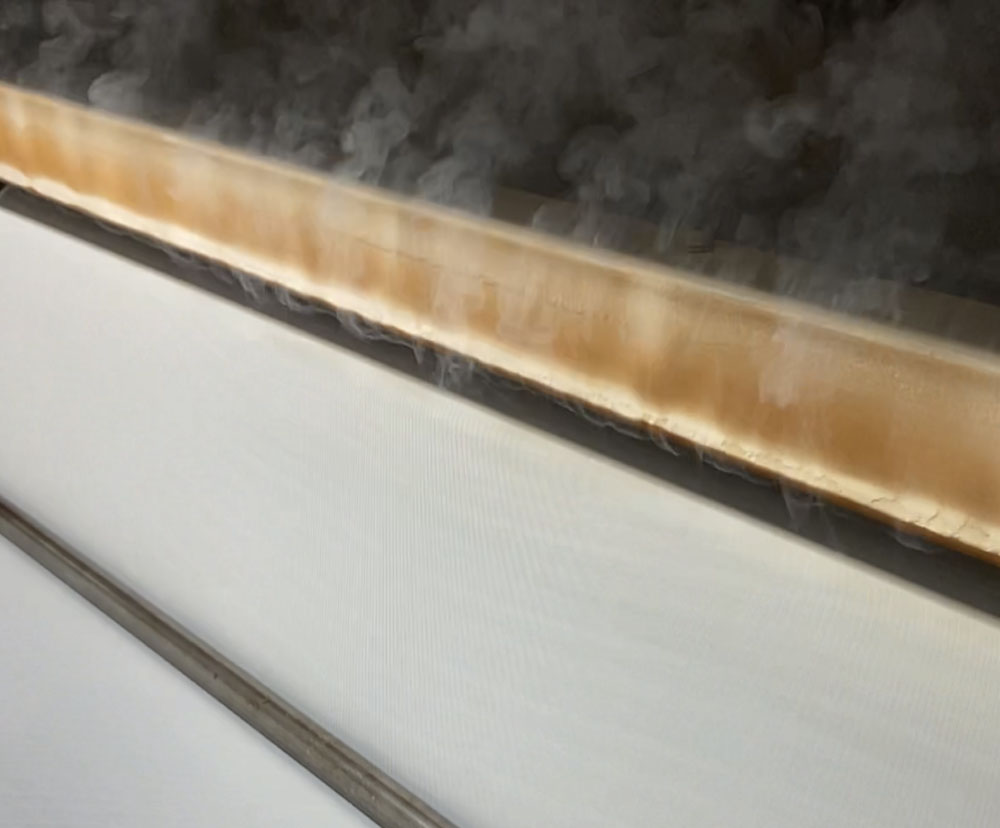 Flame lamination is a manufacturing process used to bond layers of materials together using heat generated by a controlled flame. This technique is often employed in the textile, automotive, and packaging industries to create composite materials with improved properties and functionalities.
Flame lamination is a manufacturing process used to bond layers of materials together using heat generated by a controlled flame. This technique is often employed in the textile, automotive, and packaging industries to create composite materials with improved properties and functionalities.